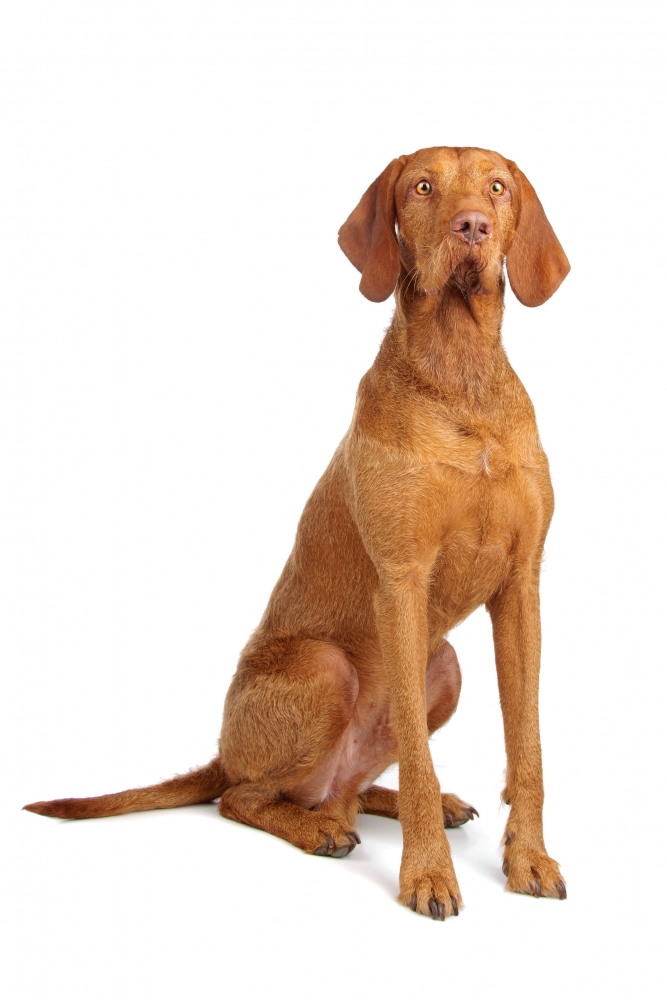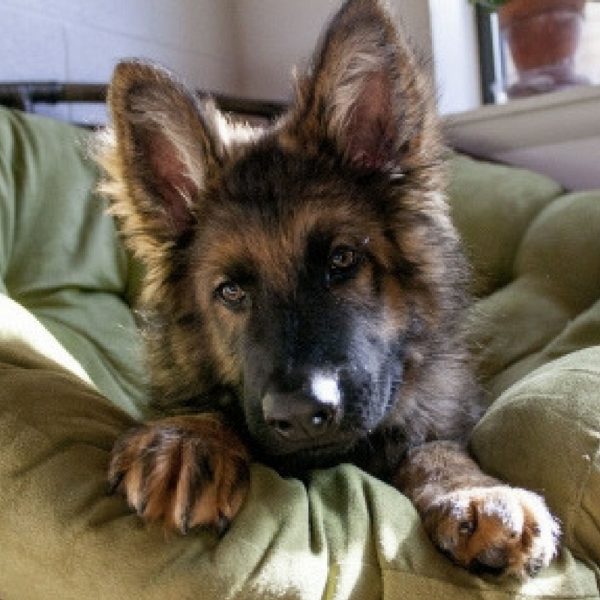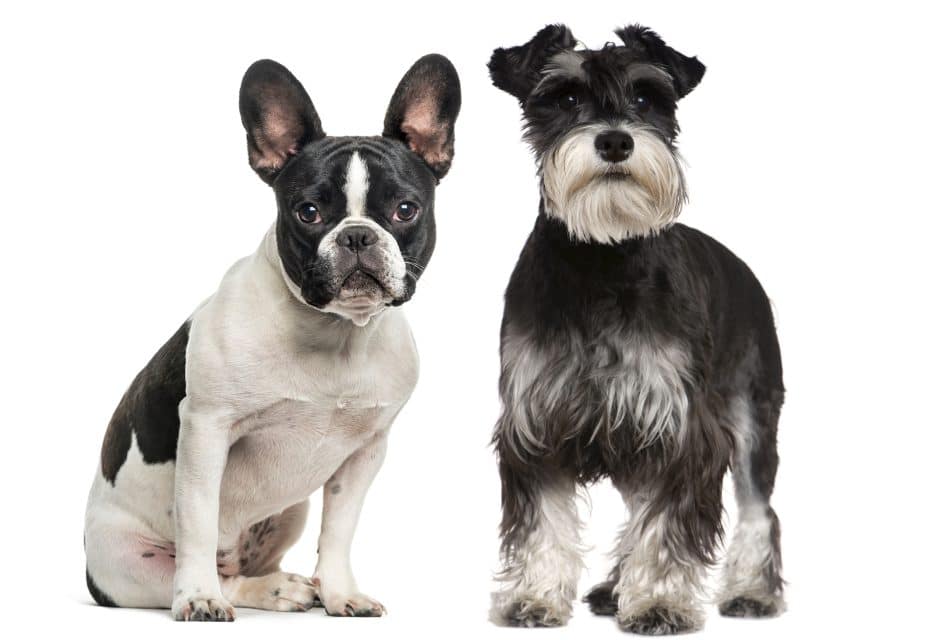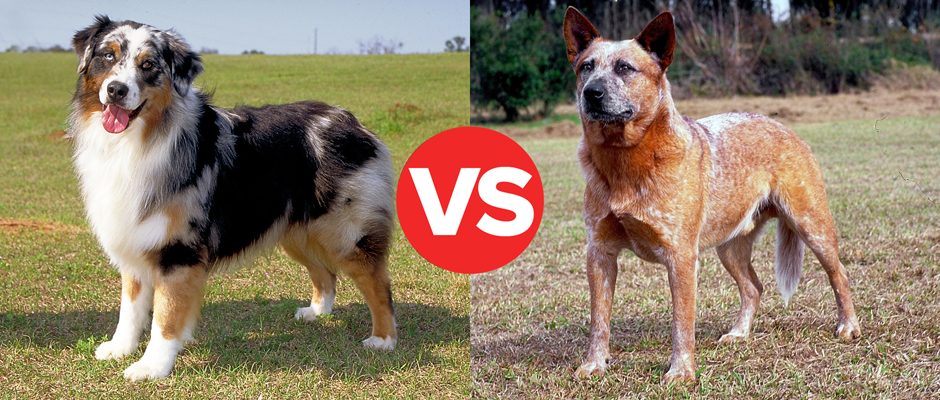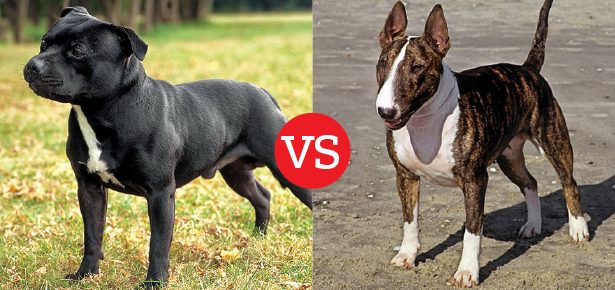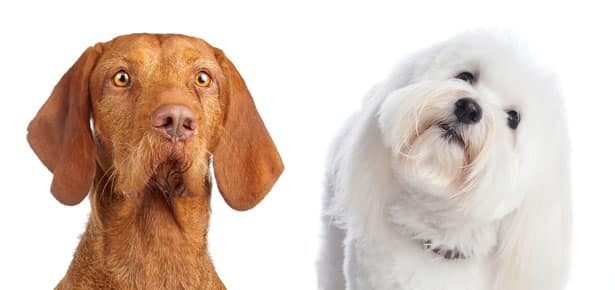
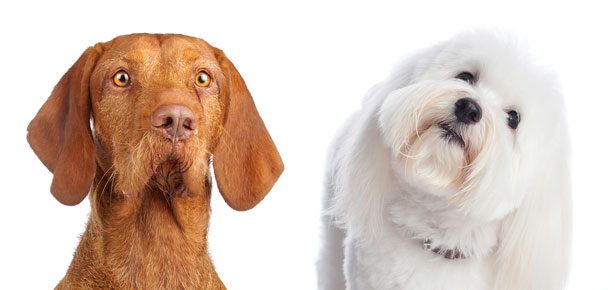
Meet the Newbies to the Westminster Kennel Club
The Coton de Tulear & Wirehaired Vizsla
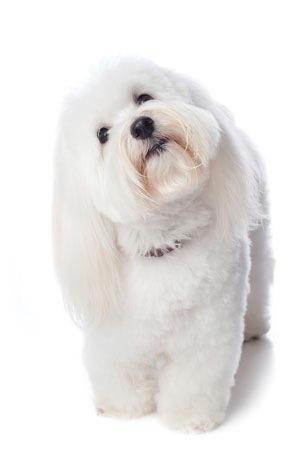
The Coton de Tulear
The Coton de Tulear is a very hardy small-sized (8 to 13 pounds), long-coated companion. Happy and clownish, the breed is eager to please and very loyal. Meaning “cotton” in French, the Coton de Tulear has a soft, white coat.
The Coton de Tulear dates back around the 15th century in Madagascar, off the coast of eastern Africa. The breed takes its name from the port city of Tulear, where it was especially prevalent in the 1700s. While the exact origins of the Coton are unknown, the breed is said to have survived in packs in the wild, later used for ridding trade ships of unwanted rodents. These happy little dogs were also prized by the Merina nobles for their companionship and pleasant demeanor. Popular with the French who colonized Madagascar, the Coton later became prevalent throughout Europe.
Is this the breed for you? The Coton de Tulear is a happy dog that thrives on human companionship. They are extremely sturdy and versatile, excelling in all types of dog activities, from agility to therapy. The breed gets along well with other dogs, cats, and children provided that proper socialization is given. The breed’s long coat requires daily grooming and care. The Coton de Tulear is considered “hypoallergenic” and may be a good breed for allergy sufferers. Read more at moderndogmagazine.com/coton-de-tulear.
The Wirehaired Vizsla
The Wirehaired Vizsla is a versatile, medium-sized hunting dog that possesses an excellent nose for hunting and tracking, as well as a natural point and retrieve. Although similar to the more common smooth-coated Vizsla in many ways, the Wirehaired Vizsla is a distinctly separate breed. The most obvious difference is its one to two-inch long dense wiry coat, which is golden rust in colour to help the dogs blend into dried grasses and brush in the field.
In the 1930s, the hunters and falconers of Hungary wanted to create a breed with the same traits and colour of the Vizsla, but one that could more easily withstand extreme weather and rough field conditions. The plan was to develop a dog with a heavier, sturdier build and wiry coat. To do so, Vizslas were bred to a solid liver German Wirehaired Pointer. The first Wirehaired Vizslas were imported to North America in the early 1970s.
Is this the breed for you? Gentle, outgoing, and friendly, Wirehaired Vizslas make loyal family companions. They are intelligent and trainable for hunting as well as other sports such as agility and obedience. Due to the athletic nature of the Wirehaired Vizsla, regular exercise is a necessity. The breed's wiry coat should be kept in its natural state, with occasional brushing, bathing, and stripping to tidy up. Read more at moderndogmagazine.com/wirehaired-vizsla.
Join the newsletter and never miss out on dog content again!
"*" indicates required fields
By clicking the arrow, you agree to our web Terms of Use and Privacy & Cookie Policy. Easy unsubscribe links are provided in every email.
